Today we visit the ancient city of Polonnaruwa, Sri Lanka’s second kingdom. After the fall of Anuradhapura, the monarchy moved its capital here, farther from India and therefore safer from invasions. Polonnaruwa thrived as the capital from the 11th to 13th centuries and is now a UNESCO World Heritage site. It’s famous for its well-preserved ruins, intricate sculptures, and a glimpse into the grandeur of ancient Sri Lankan civilization.
The entry fee is $30 per adult here, same as Anuradhapura, but let me tell you—it’s much more worth it here! There’s a museum that takes us back 1,500 years with an impressive collection of artifacts. We explore before-and-after photos of restoration efforts and marvel at the mini recreations of the original buildings.


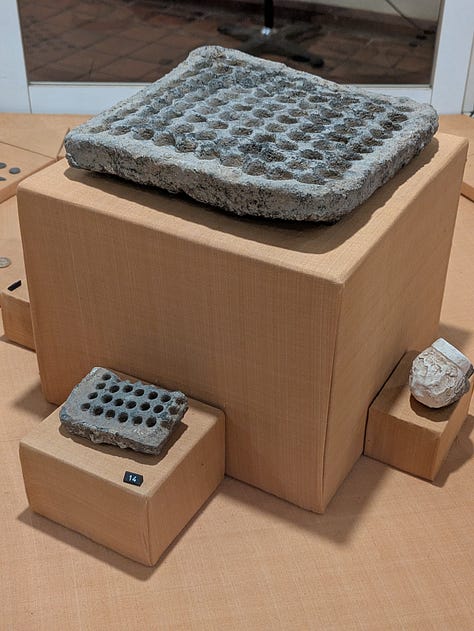
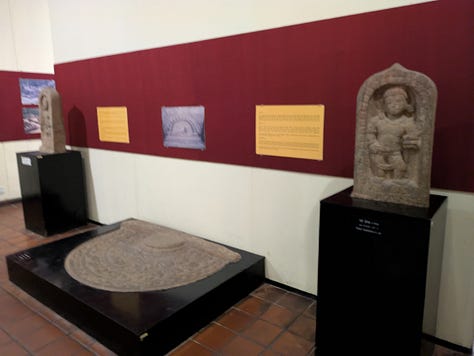


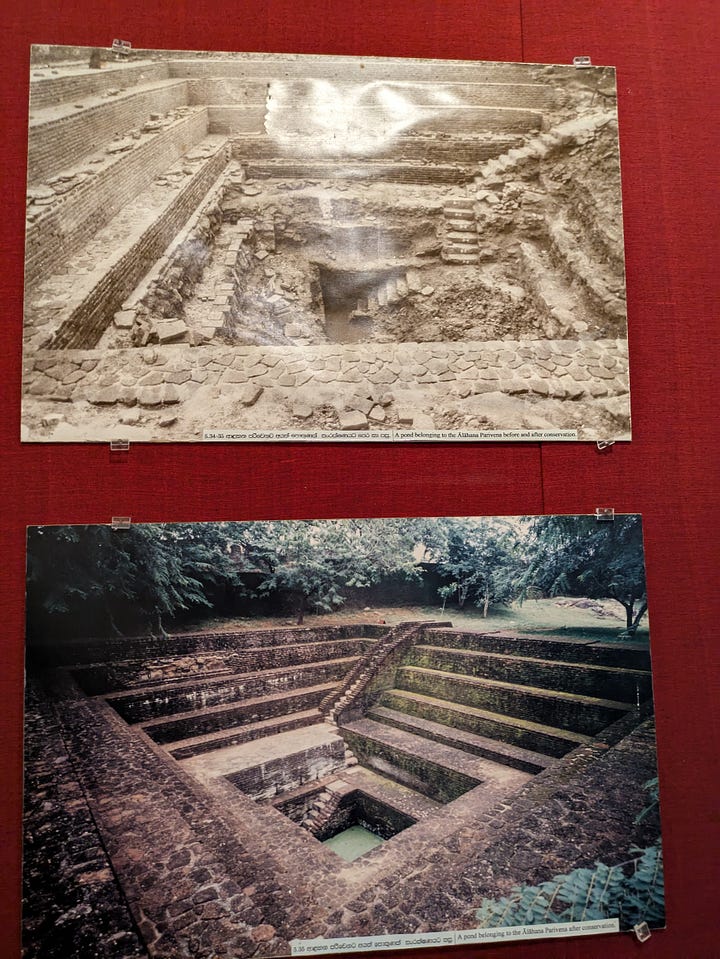
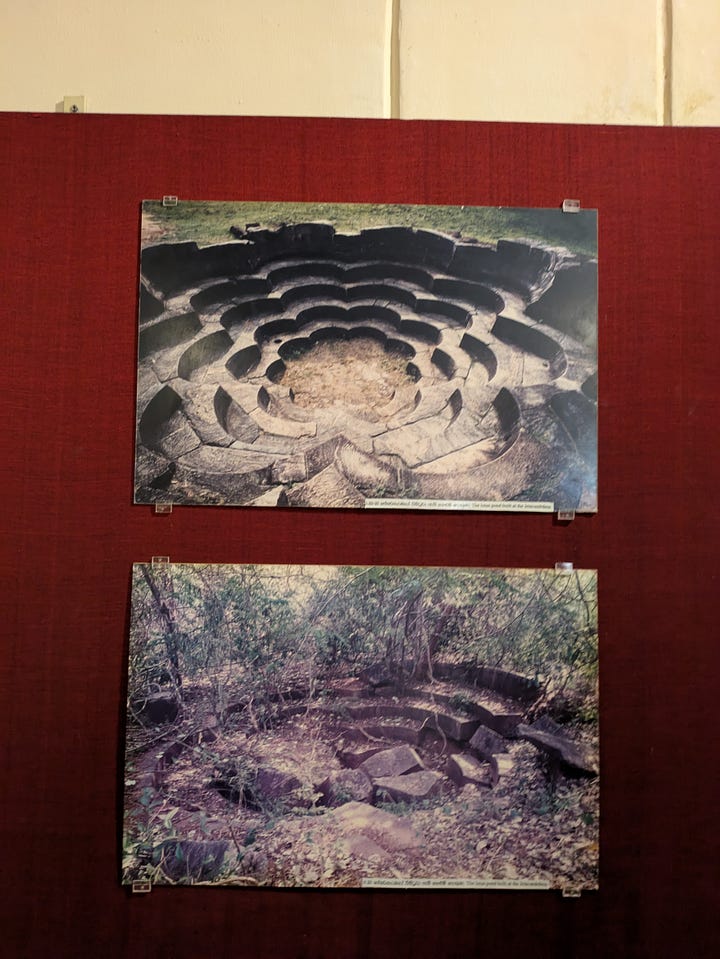
One fascinating tidbit we learn is about the Sinhala alphabet. Its curvy letters evolved because ancient scribes wrote on palm leaves. Straight lines would have torn the leaves due to the direction of the veins, so over time, the letters became beautifully rounded.
Oh, and a quirky modern-day observation: Polonnaruwa still has separate “foreign” and “local” bathrooms! While not historical, it certainly adds to the adventure.
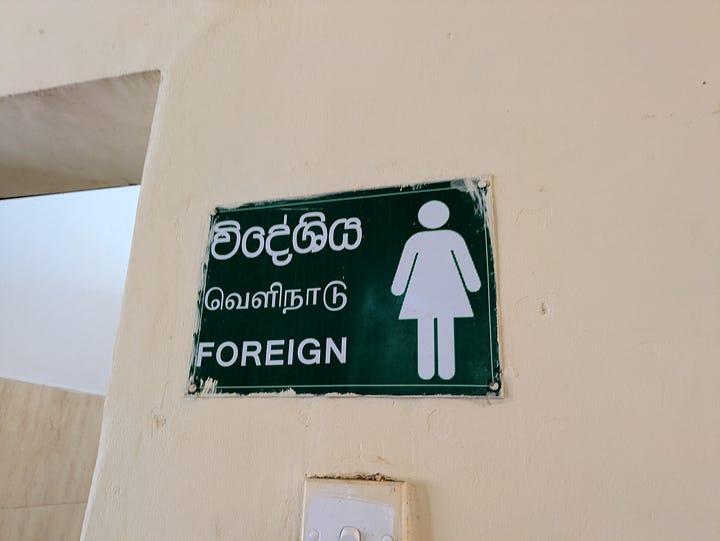
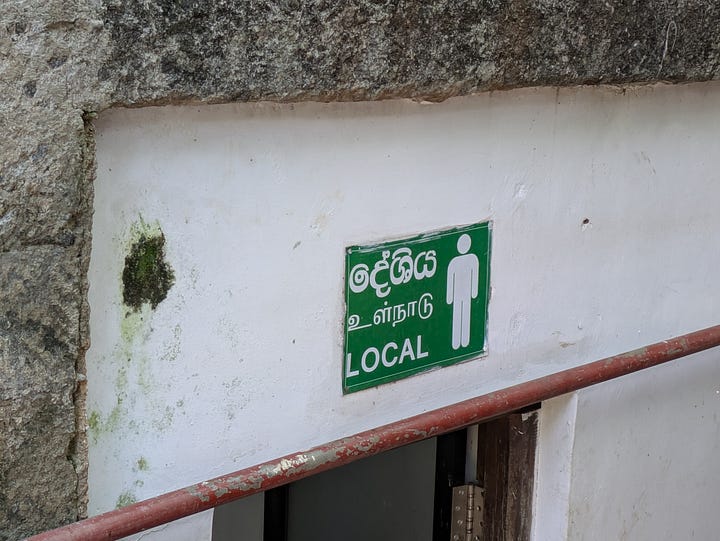
The old Palace
The palace ruins at Polonnaruwa are massive—King Parakramabahu I’s Royal Palace was said to have had seven stories and over a thousand rooms! Now, only the foundations and a few towering walls remain, but you can still get a sense of its grandeur. The brickwork is impressive, and if you look closely in one corner, a tiny bit of the original wall painting is still visible—just a faint trace of the palace’s former glory.
Vatadage and Hatadage: Guardians of the Tooth Relic
The highlight of Polonnaruwa is the ruins of buildings once dedicated to housing the Buddha Tooth Relic. According to legend, whoever possesses the relic has the divine right to rule Sri Lanka. No wonder these sites were under heavy guard during the monarchy!
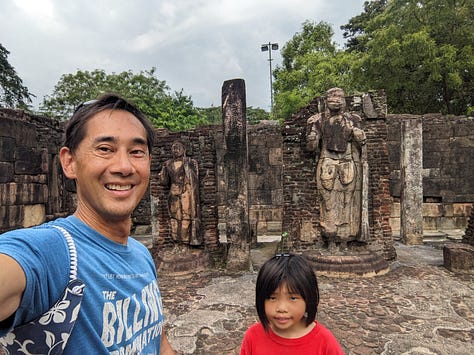
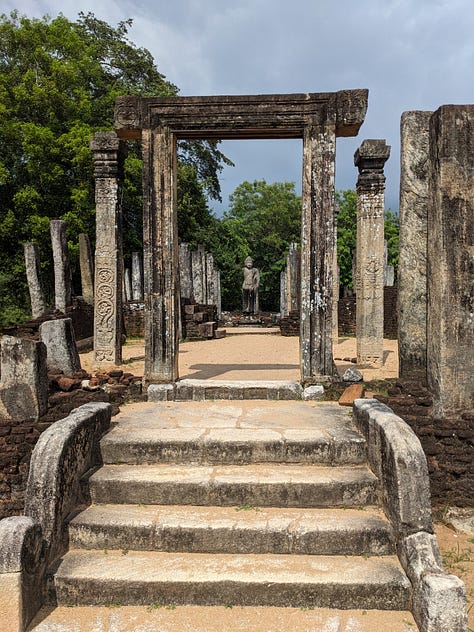
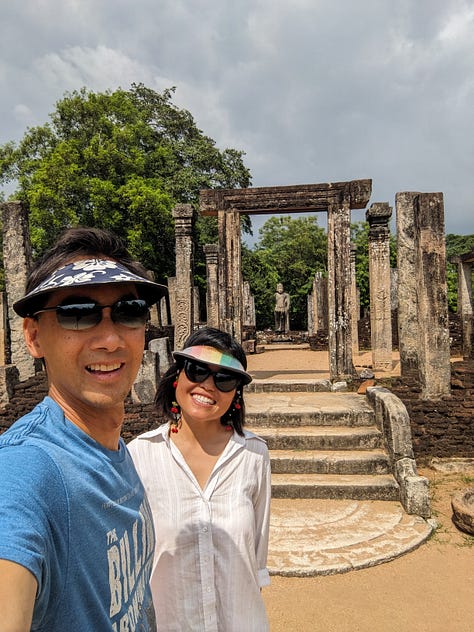
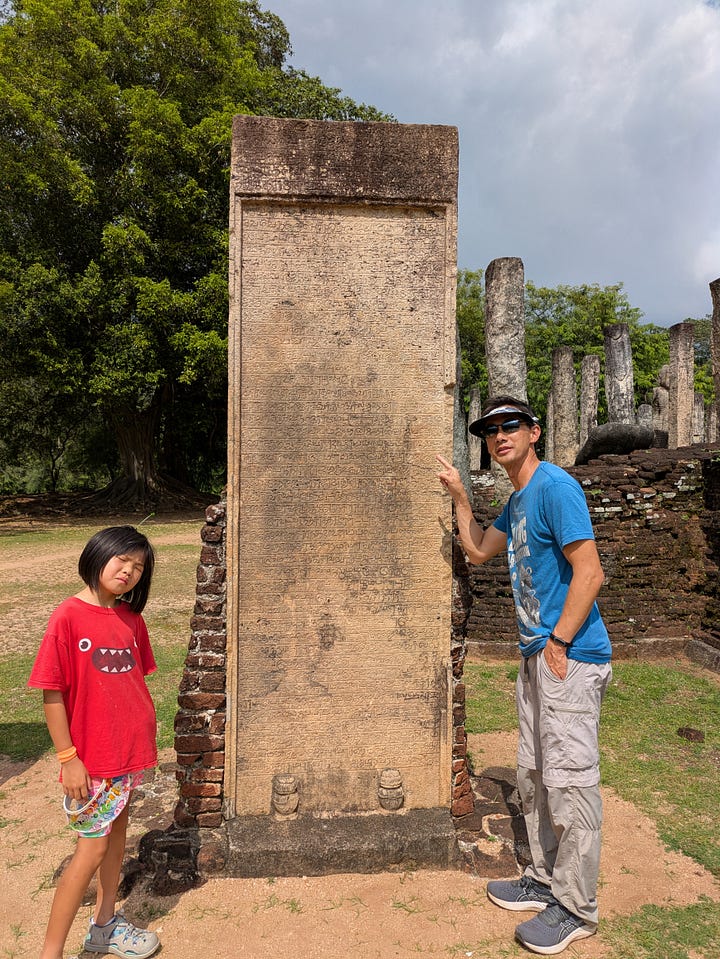



The Buddha Statues and Ancient Wall Paintings
The most awe-inspiring sight here is the set of four Buddha statues carved directly into bedrock granite. Hidden for centuries under layers of soil, these statues escaped destruction by invaders and now stand in their former glory. Each Buddha is carved in a different pose, and the serene expressions are captivating.
Our guide explains a brilliant cooling system—water was run through the granite to prevent the rock from cracking in Sri Lanka’s heat. And that stone pillow carved beneath one Buddha’s head? So soft-looking, it almost feels like a trick of the light!
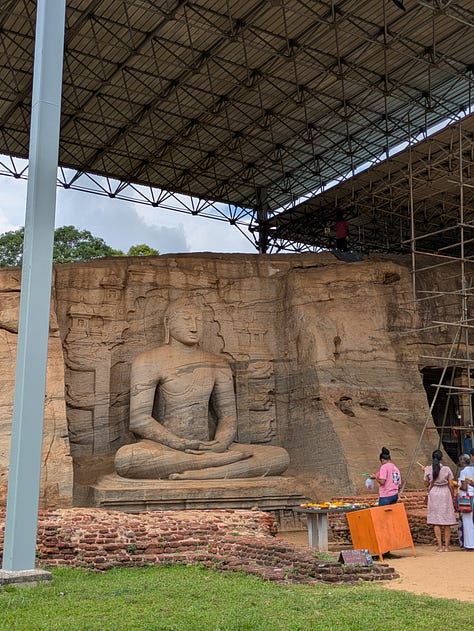
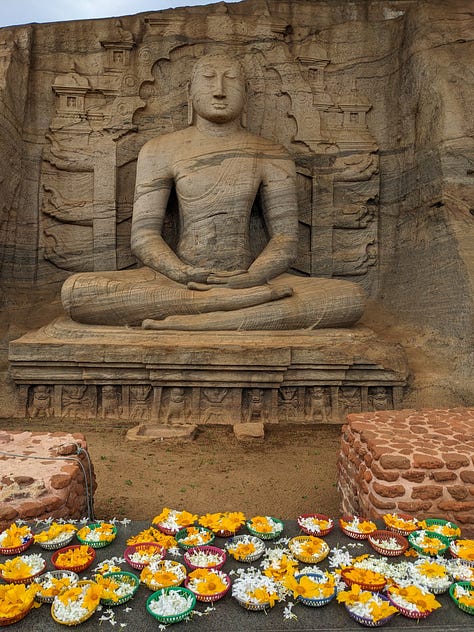
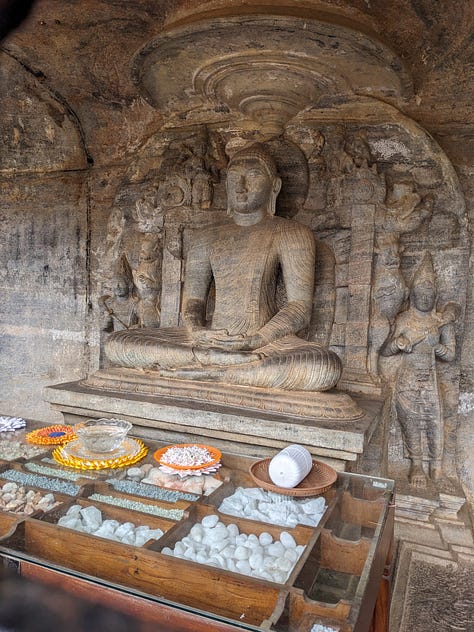
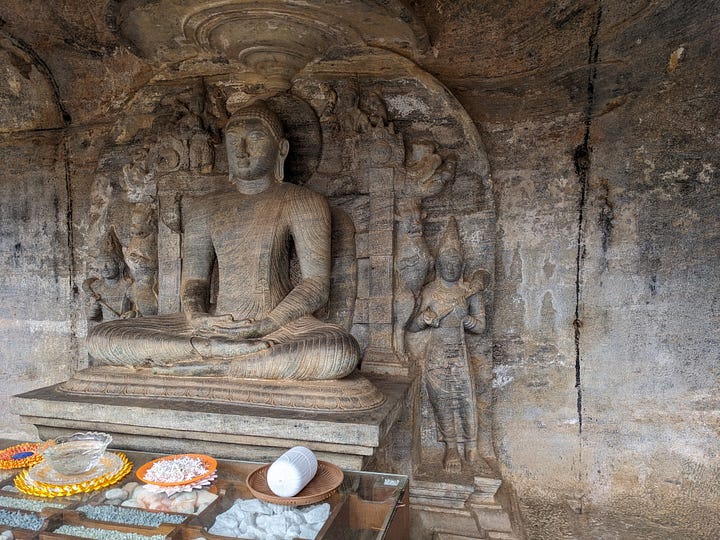

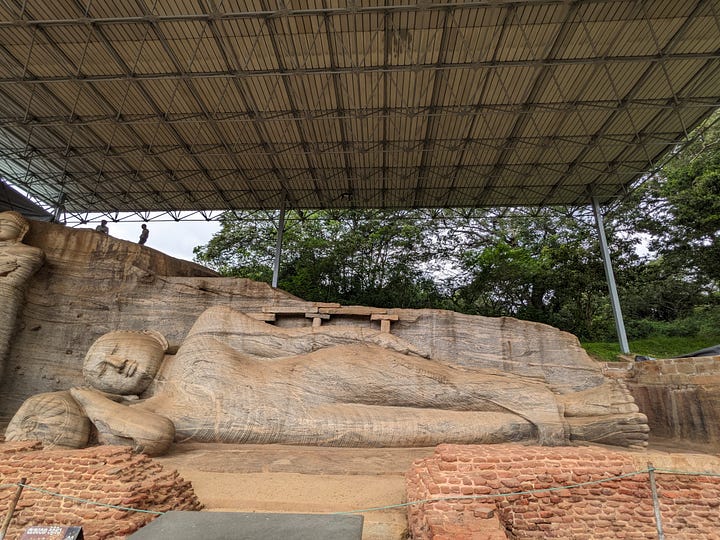
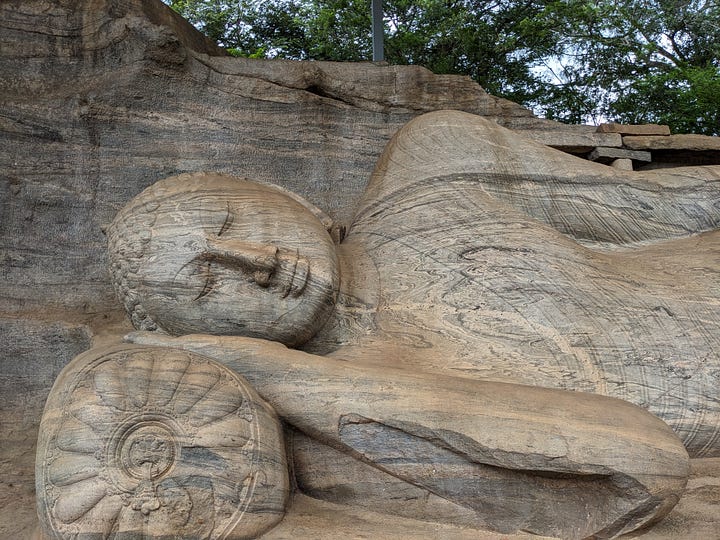
Another treasure is the wall paintings in a nearby building. Sadly, photography isn’t allowed, but the vibrant colors are incredibly well-preserved. Back then, artists had only four colors—red, orange, yellow, and blue. The blue was often used to depict evil characters, which feels so fitting. Now I know where that trope originated!
Sri Lankan Buffet: Not Spicy? Almost!
For lunch, we find a Sri Lankan buffet that promises non-spicy dishes. Non-spicy is the key here because even when we ask for mild it’s often still spicy for us. Black pepper, grown locally, adds a fresh and fiery punch to almost everything.
The buffet offers 15 “not spicy” dishes. Two of them sneakily still have some heat, but the rest are safe for sensitive taste buds like ours. The vegetable-based curries stand out—especially the banana flower curry and jackfruit curry. While the flavors are nice, I’d say Sri Lanka isn’t a foodie destination for me.

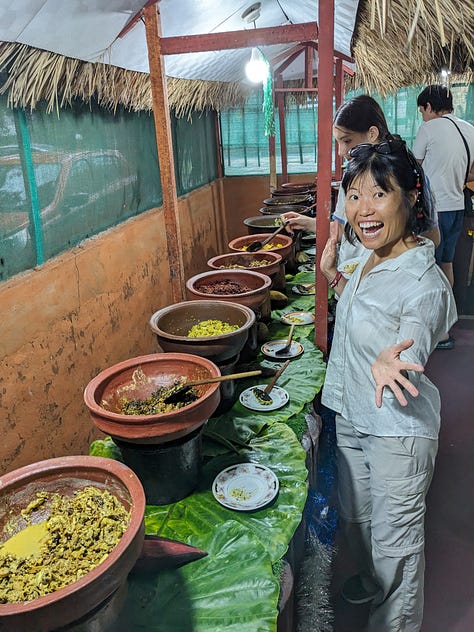

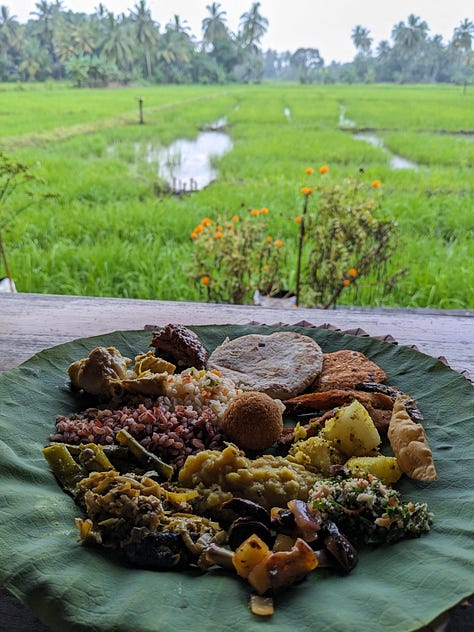




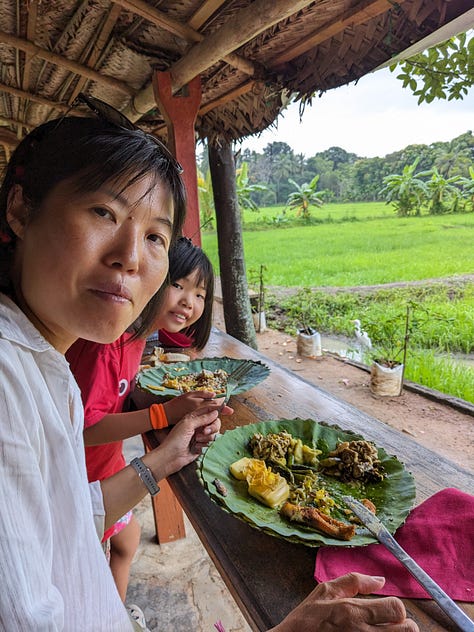
The highlight of lunch, however, is Baby Bear’s request for a lotus leaf. Traditionally used as plates, these leaves are usually cut to plate size. But when she asks for one, they bring out a giant uncut leaf—it’s as big as her!

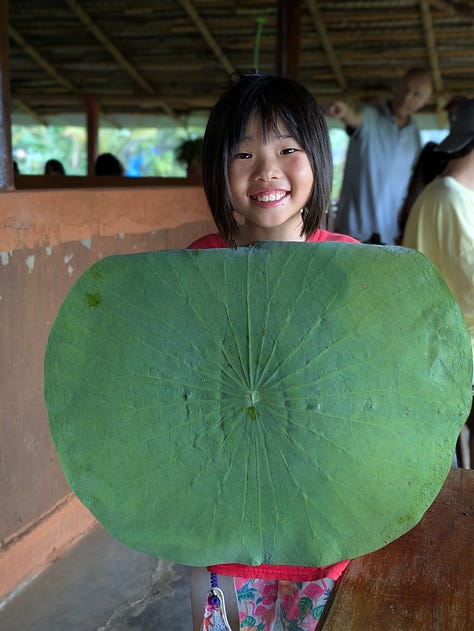
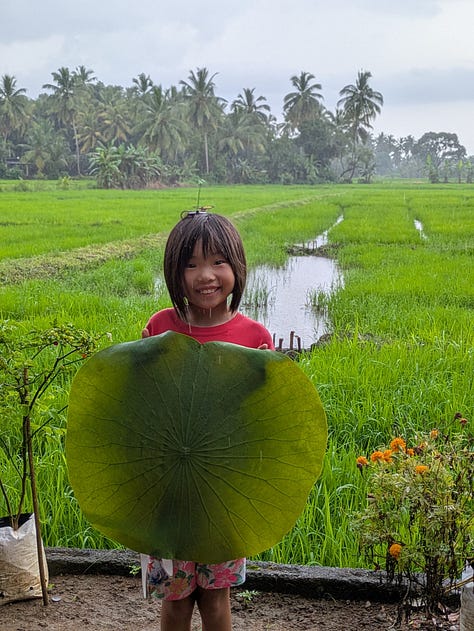
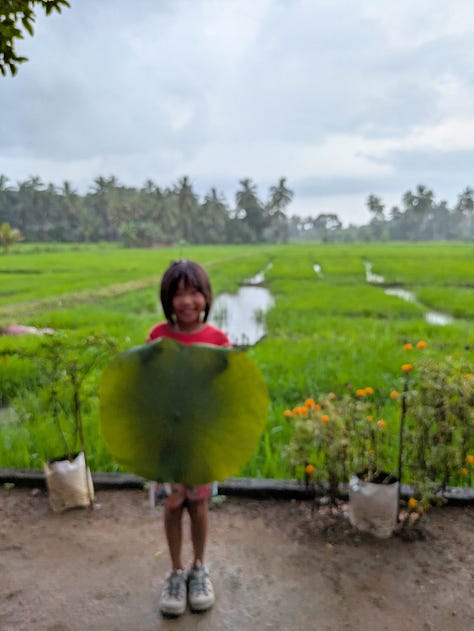
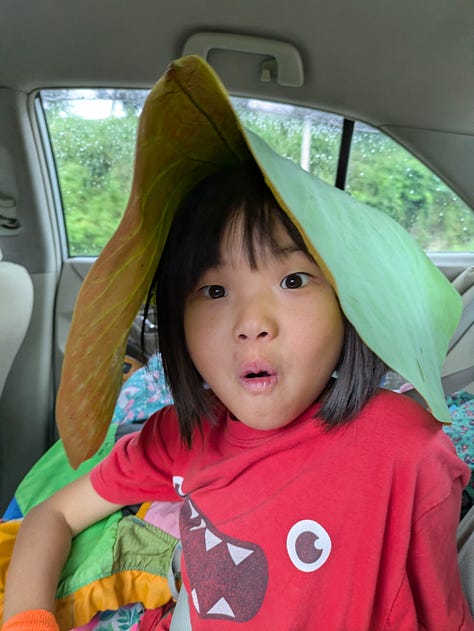

After lunch, we head to our hotel in Sigiriya, ready for the next chapter of our adventure.




